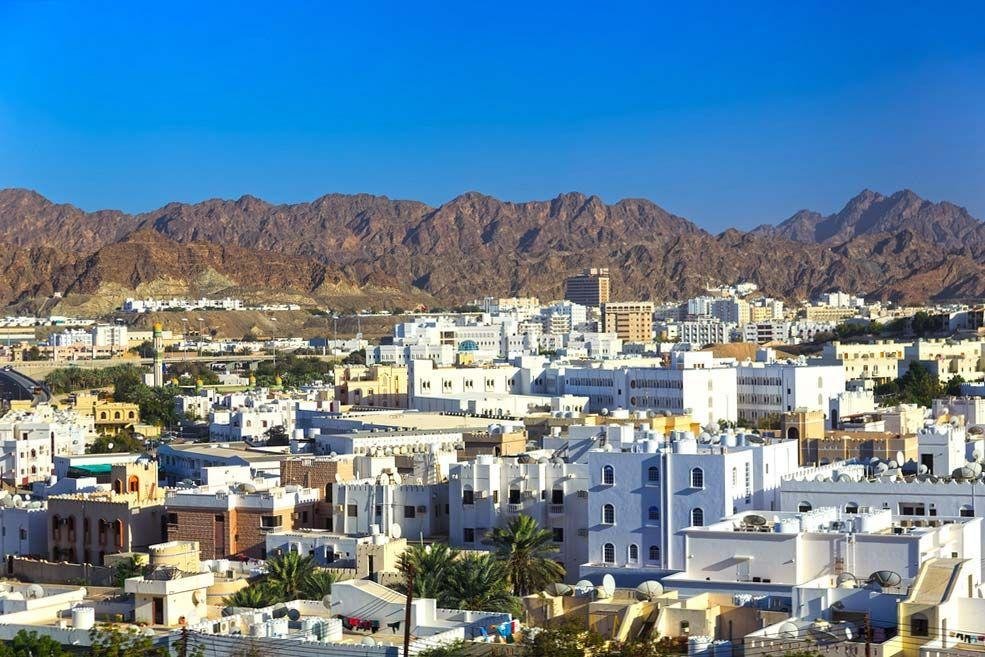Muscat, the capital city of Oman, is a captivating blend of traditional Arabian architecture and modern design, reflecti...
The Architectural Heritage of Tallinn, Estonia
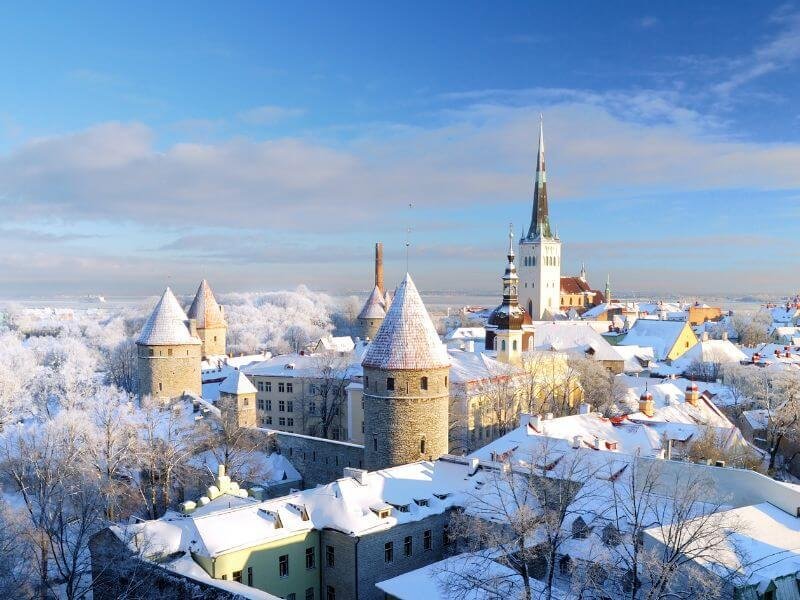
Tallinn, the capital of Estonia, is a city where history and modernity intertwine, showcasing a remarkable architectural diversity that spans centuries. Founded in the early medieval period, Tallinn has evolved through various cultural influences, leaving behind a rich tapestry of architectural styles that reflect its dynamic past.
The heart of Tallinn is its beautifully preserved Old Town, a UNESCO World Heritage Site that boasts an array of medieval buildings and narrow cobblestone streets. The skyline is dominated by the iconic Tallinn Town Hall, built in the 14th century. This Gothic masterpiece features a tall spire and ornate details, serving as a symbol of the city's medieval heritage. The Town Hall Square, located at its base, is a bustling hub of activity, surrounded by colorful merchant houses and cafes, providing a perfect backdrop for local events and festivals.
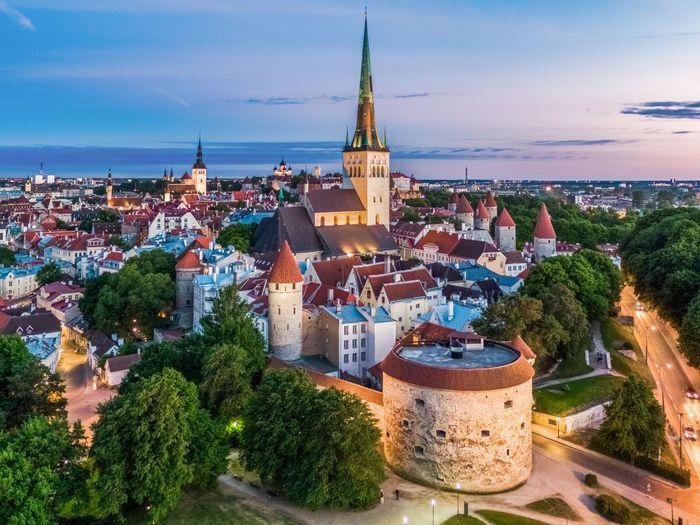
One of the most striking features of Tallinn's Old Town is its well-preserved city walls, which date back to the 13th century. These formidable fortifications, with their towers and gates, offer panoramic views of the city and the surrounding landscape. The best-preserved section is the Viru Gates, which lead into the Old Town, creating a dramatic entrance for visitors.
In addition to its medieval structures, Tallinn is home to several beautiful churches that showcase different architectural styles. The Alexander Nevsky Cathedral, an Orthodox cathedral built in the early 20th century, is a prime example of Russian Revival architecture. Its distinctive onion domes and intricate mosaics make it a stunning landmark in the city. In contrast, the Tallinn Cathedral, also known as Toompea Cathedral, is a symbol of the Estonian Lutheran Church. Its neoclassical façade and tower provide a striking contrast to the colorful buildings of the Old Town.
As Tallinn progressed into the 19th and 20th centuries, the architectural landscape began to change. The city experienced a wave of neoclassical and Art Nouveau designs, particularly in the districts of Kadriorg and Kalamaja. Kadriorg Palace, built by Peter the Great for his wife Catherine I, is a magnificent example of Baroque architecture. Its beautifully landscaped gardens and elegant interiors attract visitors interested in history and art.
The Art Nouveau movement left an indelible mark on Tallinn, particularly in the residential architecture of the early 20th century. The buildings in the district of Kadriorg feature ornate facades, decorative motifs, and intricate ironwork, showcasing the creativity and craftsmanship of the era. The Pärnu Road area is notable for its stunning examples of Art Nouveau architecture, providing a glimpse into the stylistic diversity of the period.
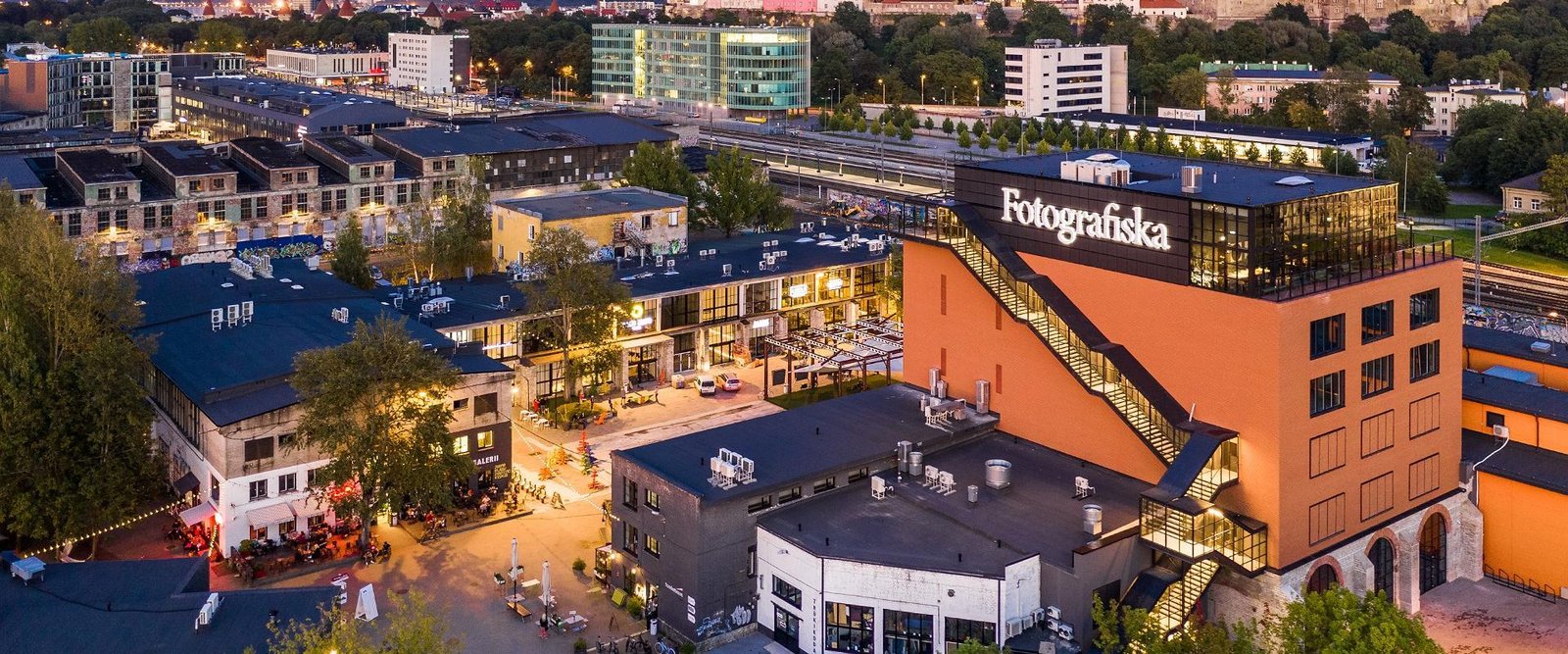
Tallinn's architectural narrative is not limited to historical styles; the city has embraced modernity as well. The Telliskivi Creative City, located in a former industrial complex, is a vibrant hub for creativity and innovation. This area features a blend of modern architecture, repurposed warehouses, and colorful street art, creating a unique atmosphere that fosters collaboration among artists, designers, and entrepreneurs. The space hosts various events, markets, and festivals, making it a popular destination for locals and tourists alike.
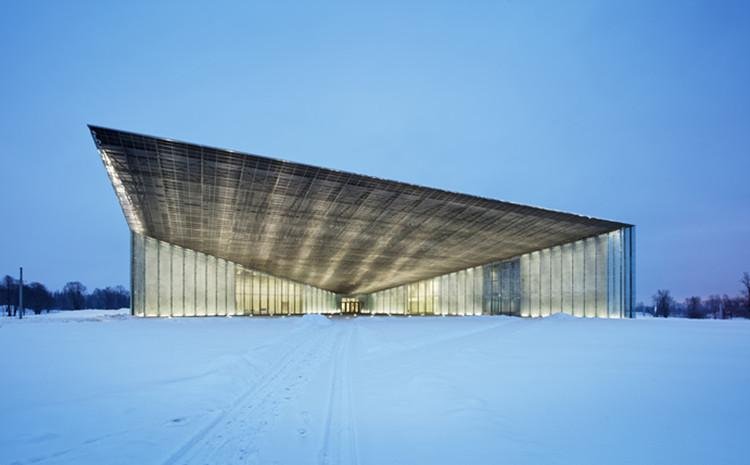
The Estonian National Museum, completed in 2016, is a remarkable example of contemporary architecture. Designed by the architectural firm DGT Architects, the museum's striking design reflects the landscape of Estonia and its cultural heritage. The building's unique form, resembling a traditional Estonian farmhouse, incorporates sustainable materials and advanced technologies, emphasizing the importance of environmental responsibility in modern architecture.
Tallinn’s commitment to sustainability is further evident in its urban planning initiatives. The city has implemented various green spaces and parks, promoting a healthy and livable environment. The Kadriorg Park, surrounding the Kadriorg Palace, is a beautifully landscaped area featuring walking paths, sculptures, and picturesque gardens, providing a tranquil escape from the urban hustle.
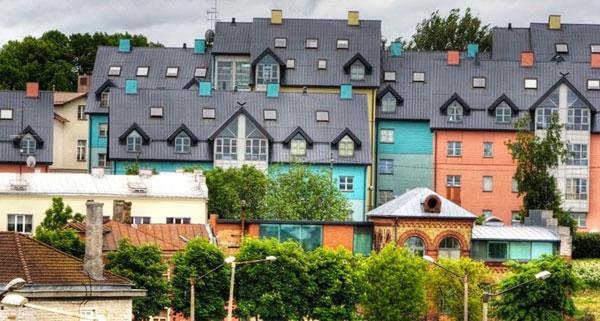
The architectural landscape of Tallinn is also enriched by its diverse neighborhoods, each with its own character. The Kalamaja district, known for its wooden houses, contrasts sharply with the stone buildings of the Old Town. This area is undergoing revitalization, with many old structures being restored and repurposed, blending historical charm with modern living.
The annual Tallinn Architecture Biennale showcases the city’s architectural innovations and engages the public in discussions about contemporary design. This event brings together architects, artists, and designers from around the world, fostering collaboration and dialogue about the future of architecture in urban spaces.
Tallinn's architectural heritage is closely intertwined with its cultural identity. The city hosts various festivals and events that celebrate its rich history and vibrant arts scene. The Tallinn Music Week, for example, features performances in unique venues throughout the city, highlighting the connection between music and architecture.
As Tallinn continues to grow and evolve, the preservation of its architectural heritage remains a top priority. Local authorities, along with cultural organizations, are dedicated to restoring and maintaining historical buildings, ensuring that future generations can appreciate the city’s rich history. The balance between modernization and preservation is crucial for maintaining Tallinn's unique character.
The city's architecture also reflects the resilience and creativity of its people. The recent restoration of the historic Old Market Hall, which dates back to 1914, has transformed the space into a vibrant food market showcasing local produce and culinary delights. This revitalization demonstrates how heritage can be integrated into contemporary urban life, fostering a sense of community and cultural pride.
Tallinn’s architectural diversity extends to its educational institutions as well. The Tallinn University of Technology, known as TalTech, features modern facilities that cater to the needs of students in the fields of engineering, technology, and design. The university’s campus is a blend of contemporary buildings and green spaces, promoting innovation and collaboration among students and faculty.
In conclusion, the architecture of Tallinn, Estonia, is a captivating blend of historical influences and modern innovation. From the majestic Tallinn Town Hall and the striking Alexander Nevsky Cathedral to the contemporary designs of the Estonian National Museum, the city offers a diverse array of architectural styles that reflect its rich cultural heritage. The intricate details of the Old Town, the elegance of Kadriorg Palace, and the vibrant atmosphere of Telliskivi Creative City all contribute to the unique character of this remarkable city.
As visitors explore the architectural wonders of Tallinn, they are transported through centuries of history, experiencing the layers of culture that have shaped this vibrant capital. Each building tells a story, revealing the aspirations and achievements of the people who have called Tallinn home throughout the ages. With its stunning architecture and dynamic atmosphere, Tallinn continues to captivate the hearts of all who visit, inviting them to discover the rich narratives woven into its urban landscape. The city stands as a testament to the resilience and creativity of its inhabitants, preserving its past while embracing the future.
Share:

